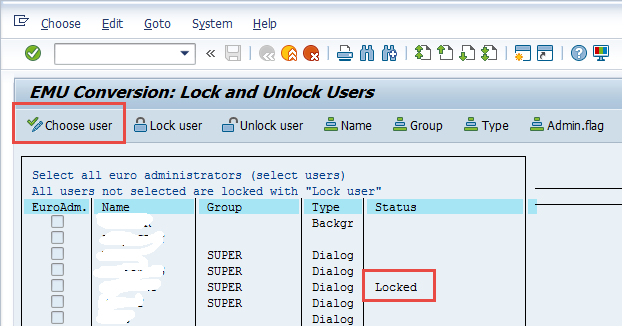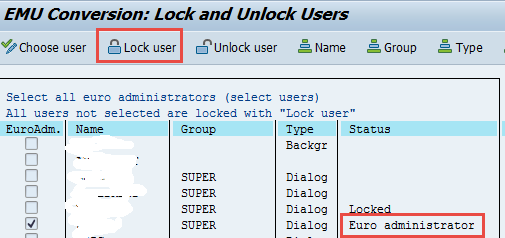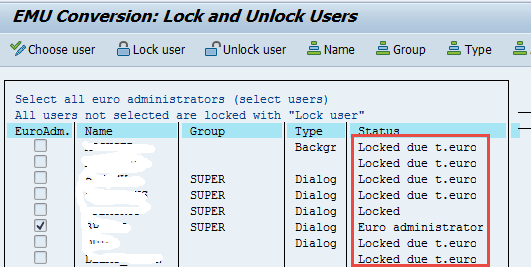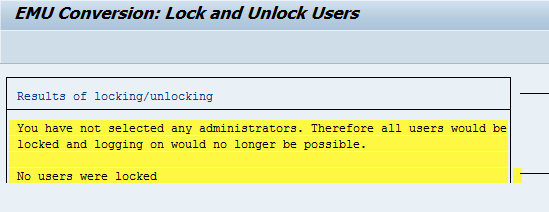Error in DB13 while running SAP on Sybase database – “Scheduling Failed”.

These errors are intermittent and not reproducible.
Below I outline some steps to troubleshoot this issue:
Check for errors in log files (<SID>, <SID>_BS, <SID>_JSAGENT> under installation directory:
Ex: “D\:sybase\<SID>\ASE-15_0\install.
If you cannot read these files (Because it is in use), copy it to another directory .
Try to dump the transaction log using below command:
dump transaction <SID> to “<Dump Directory>”.
If you are able to successfully dump or truncate the log file, then try to delete the further schedules and try to reschedule the backup again from DB13.

If you are not able to dump or truncate the transaction log , database might be in a standstill (Root cause explained at the end).
In that case, stop SAP and restart the DB services (SQL Server and Backup Server).

In our case, we found following errors in the <SID> log file when the issue happened.
Error: 8213, Severity: 20, State: 3
server Failed to acquire address lock on object DDLOG
Note: There were no Dump DATABASE or Create INDEX were running on the database during that time.
This is caused by a bug in the ASE database as explained in the SAP Note 2337582.
Database had to be updated to one of the release mentioned in the note to resolve the issue.
Important Notes:
2178977 – Job scheduling fails on DBA Planning Calendar – SAP ASE for Business Suite
2477608 – DBA Planning Calendar shows duplicate entries with status scheduling failed – SAP ASE for Business Suite
2688308 – How to troubleshoot Job Scheduler issues in Standalone ASE
2249796 – Unable to create SAP schedules from DBA Cockpit – SAP ASE for Business Suite
2692998 – Unable to schedule database job due to ASE Error SQL4002
2099027 – Database Extractor Setup Failed for SAP ASE for Business Suite




